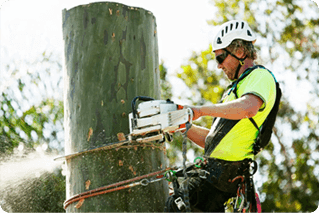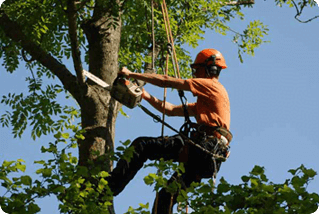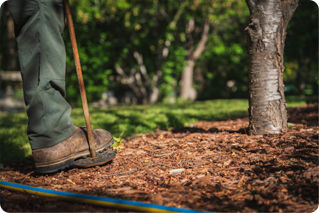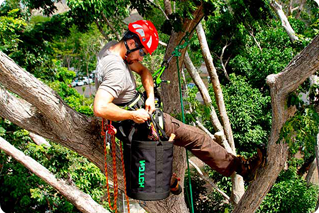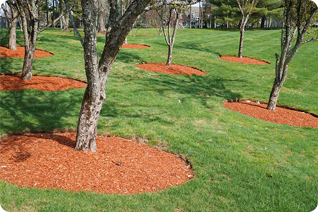Go Tree Quotes USA
Specialist Tree Removal & Stump Removal
Fast, Easy & Free Quotes
Tree Removal and Tree Trimming Services
Go Tree Quotes are Expert Arborists
Looking for expert tree removal services? Go Tree Quotes USA delivers high-quality tree services by highly trained local arborists, at competitive prices. Safety is paramount, so all arborists who attend properties carry a minimum of 10 Million in public liability insurance. Safety is paramount when it comes to tree work, that is why we employ the American standards for tree trimming and removal.
Proper tree care and maintenance in suburbia is critical for residents’ safety, and trees’ health and longevity. Utilizing proper arborist techniques, the Go Tree Quotes team is ready to carry out tree removal, trimming, stump grinding, mulching, arborist reports, cable bracing, and more.
Get in touch today to compare prices. Call us now at +1 562 337 3620.
How Much Do Tree Services Cost?
Join Our Team
Become a GTQ tree service supplier
We’re looking for certified arborists with at least 5 years of industry experience to join our team at Go Tree Quotes. Growing a business alone is hard work, but becoming a Go Tree Quotes Pro means you can focus more on servicing customers in your local area and less on trying to find new work.
Opportunities are available in all major cities in California, Florida, Texas, Missouri, Utah, Georgia, and many More.
Apply here, and a team member will be in touch.
Tree Service We Offer
We have lots of information on tree services. Select the service that best suits your needs for more information on cost, hiring the right contractor, and more.

The arborists at Go Tree Quotes are qualified, insured and follow Safe Work Methods.

Request 3 tree service quotes from local tree services voted best by previous users.

We have done all background checks so you don’t have to. All arborists are certified and insured.
Tree Care and Maintenace Questions Answered
Trees in suburbia need lots of attention and care to keep them healthy and safe. Hazardous situations can arise when trees are deglected. Tree water, fertilizing, and pruning are the big three that all homeowners need to learn about.








